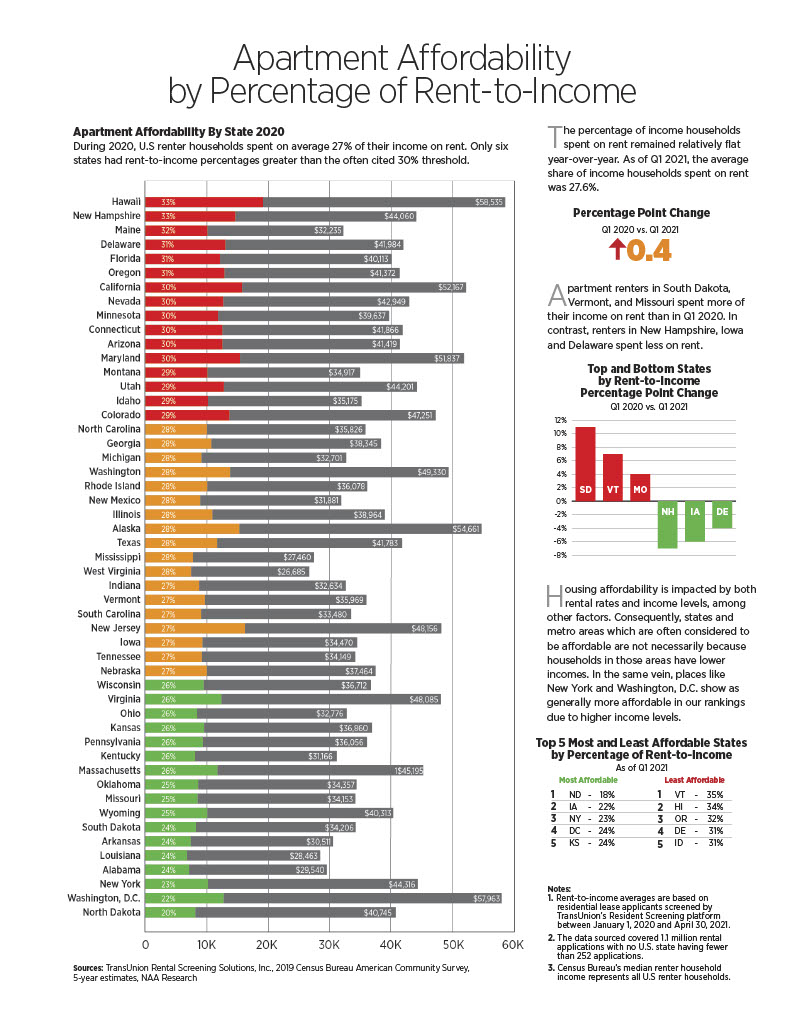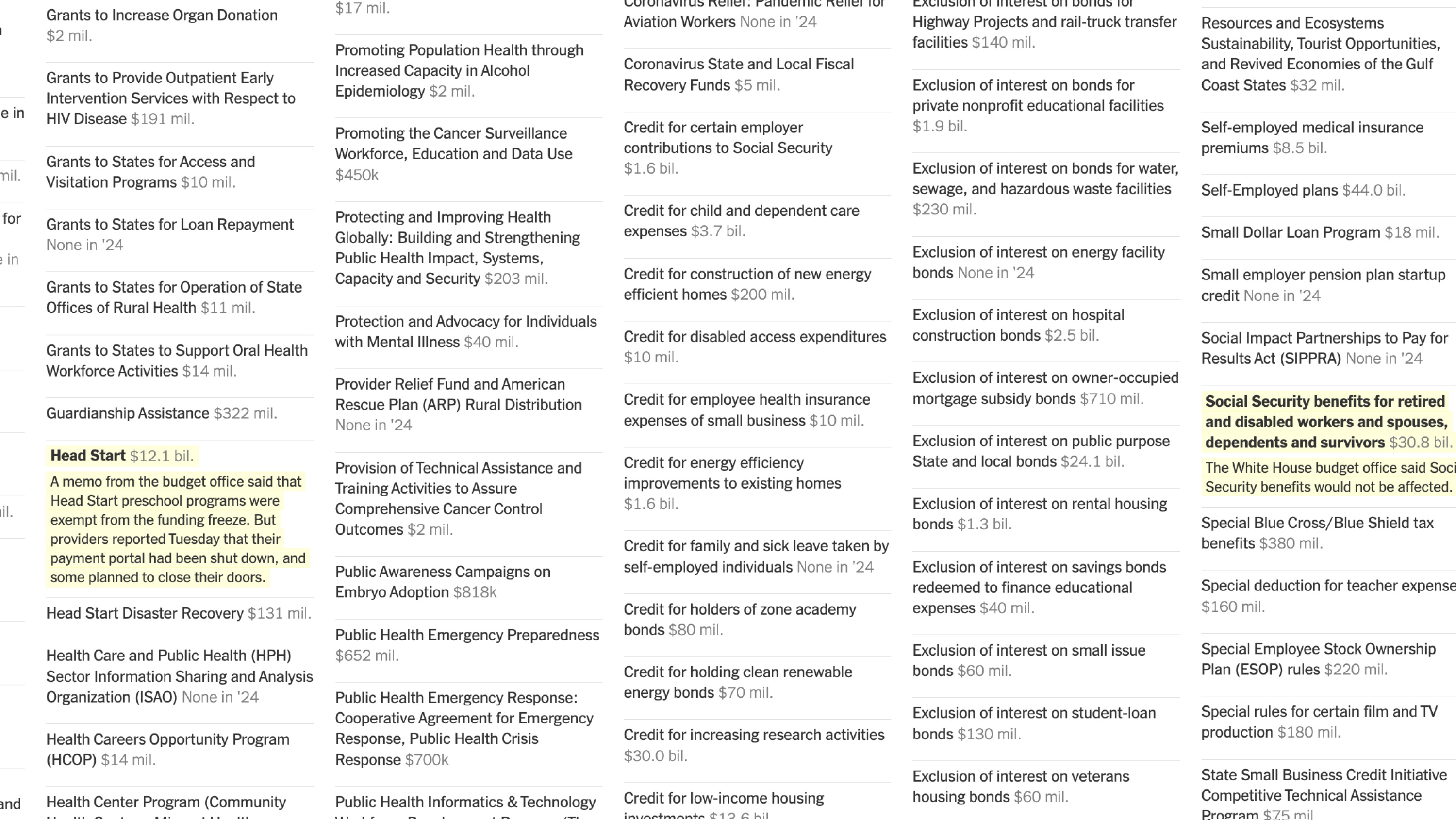Rental affordability has emerged as a critical issue, with the recent housing crisis pushing millions of families into cost-burdened status, meaning they spend over 30% of their income on rent. Reports indicate that over 22 million renter households are feeling the pinch, with 12 million facing even deeper challenges by allocating more than half of their earnings to housing costs. The relentless rise in rent costs has afflicted various income brackets, revealing the universality of this affordability crisis. As cities grapple with rising housing prices, stakeholders are advocating for affordable housing policies aimed at alleviating the burden on renters. Innovative housing solutions must be prioritized to ensure that the dream of affordable living becomes a reality for all, transforming an escalating dilemma into manageable pathways for success.
The challenge of securing reasonably priced rental housing has reached alarming heights, prompting discussions on the welfare of cost-compressed tenants across urban landscapes. With escalating housing costs, many renters find themselves grappling with overwhelming financial implications, regardless of their income levels. This distressing trend has enabled many to be classified as housing insecure, revealing a rising tide of individuals confronting fiscal constraints in their quest for shelter. Community leaders and policymakers are urged to reevaluate housing solutions that cater to diverse socioeconomic groups, fostering effective affordable housing strategies. The ongoing debate about rental market dynamics reflects a pressing need for comprehensive policies that directly address the multifaceted nature of today’s housing landscape.
Understanding the Rental Affordability Crisis
The impact of the rental affordability crisis is becoming increasingly severe, with more households than ever feeling the financial strain of rising rent costs. According to recent studies, a record 22.6 million renter households are now cost-burdened, spending over 30% of their income on housing expenses. This surge highlights a troubling trend where financial strain is no longer confined to low-income families but extends to middle-income earners as well. The rising rent costs can be attributed to various factors, including a significant shortage of affordable housing and persistent inflationary pressures on housing markets across the country.
Coupled with the aftermath of the COVID-19 pandemic, the housing crisis has exacerbated the already existing issues. Many cost-burdened renters are now part of the demographic that once had stable incomes yet find themselves struggling to meet their housing payments. This issue has become particularly acute among those earning between $30,000 and $75,000, who now account for a substantial percentage of the cost-burdened population. Addressing this multifaceted problem requires comprehensive housing solutions that go beyond mere supply increases to tackle the underlying economic pressures.
Frequently Asked Questions
What is rental affordability and why is it important in today’s housing crisis?
Rental affordability refers to the percentage of a renter’s income that is spent on housing costs. It’s considered affordable if no more than 30% of income is dedicated to rent and utilities. The importance of rental affordability is highlighted by the current housing crisis, where many households are considered cost-burdened, meaning they spend more than 30% of their income on rent. This issue affects millions of families and can lead to financial instability and homelessness.
How can rising rent costs impact rental affordability for middle-income households?
Rising rent costs significantly impact rental affordability, particularly for middle-income households earning between $30,000 and $75,000. As rental prices increase, these households may find themselves spending over 30% or even 50% of their income on housing, thus becoming cost-burdened. This trend can limit their disposable income for other necessities and savings, exacerbating financial strain and limiting their ability to achieve long-term financial goals.
What are some effective housing solutions to tackle the rental affordability crisis?
Effective housing solutions for the rental affordability crisis include implementing affordable housing policies that encourage the construction of more affordable units, streamlining zoning regulations, and providing financial support to developers to lower construction costs. Additionally, cities can utilize public land for affordable housing projects and explore innovative housing designs, such as modular homes, which can offer cost-effective alternatives to traditional construction.
What role do affordable housing policies play in improving rental affordability?
Affordable housing policies are crucial for improving rental affordability as they aim to create more housing options at lower costs. These policies can include zoning reforms that facilitate higher-density housing, development incentives for affordable units, and financial mechanisms such as tax incentives or rent subsidies. By reducing barriers to housing development and increasing the availability of affordable units, these policies help alleviate the cost burden on renters.
How is the concept of cost-burdened renters related to rental affordability?
Cost-burdened renters are those who spend more than 30% of their income on housing costs, directly tying into the concept of rental affordability. As rental prices rise, more individuals and families find themselves classified as cost-burdened. Understanding this relationship is essential for identifying and addressing the broader issue of rental affordability, which impacts millions of renters across various income levels.
What challenges do cities face in addressing rising rent costs and improving rental affordability?
Cities face several challenges in addressing rising rent costs and improving rental affordability, including restrictive zoning laws, high construction costs, and the complex regulatory environment that developers must navigate. Additionally, securing financial resources for housing subsidies and the limited availability of land for new affordable housing projects pose significant hurdles. Overcoming these challenges requires coordinated efforts among city officials, developers, and community stakeholders.
What strategies can renters use to cope with rising rental costs in the face of the affordable housing crisis?
Renters can cope with rising rental costs by considering shared living arrangements, seeking housing in less expensive neighborhoods, negotiating their rent, and applying for housing assistance programs. Additionally, staying informed about local housing policies and advocating for affordable housing solutions can empower renters to seek more affordable options and contribute to broader changes in rental affordability.
| Key Points | Details |
|---|---|
| Record High in Rental Affordability Burden | As of 2023, 22.6 million renter households pay over 30% of income on rent, with 12.1 million paying over 50%. |
| Impact on Middle-Income Renters | 41% of cost-burdened households have incomes between $30,000 and $75,000. Full-time jobs do not guarantee affordability; 36% struggle with costs. |
| Factors Contributing to Rental Affordability Crisis | Rising rents post-pandemic and insufficient housing supply are primary reasons for increased burden. |
| Construction and Regulatory Challenges | High production costs, zoning restrictions, and complex approval processes contribute to ongoing affordability issues. |
| Potential Solutions Being Explored | Cities are discussing zoning reforms and utilizing financial strategies like linkage payments and land inventories to subsidize costs. |
Summary
Rental affordability has reached a critical juncture as more individuals and families find themselves financially strained by escalating housing costs. The current landscape shows that a significant number of renter households are increasingly burdened by rents and utilities, intensifying the need for practical solutions in public policy. As demand continues to outweigh supply, effective strategies such as zoning reforms, financial subsidies, and innovative housing solutions are essential for mitigating this crisis and ensuring more equitable access to affordable housing.



